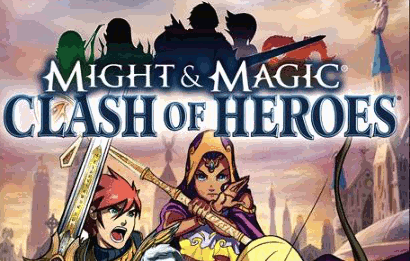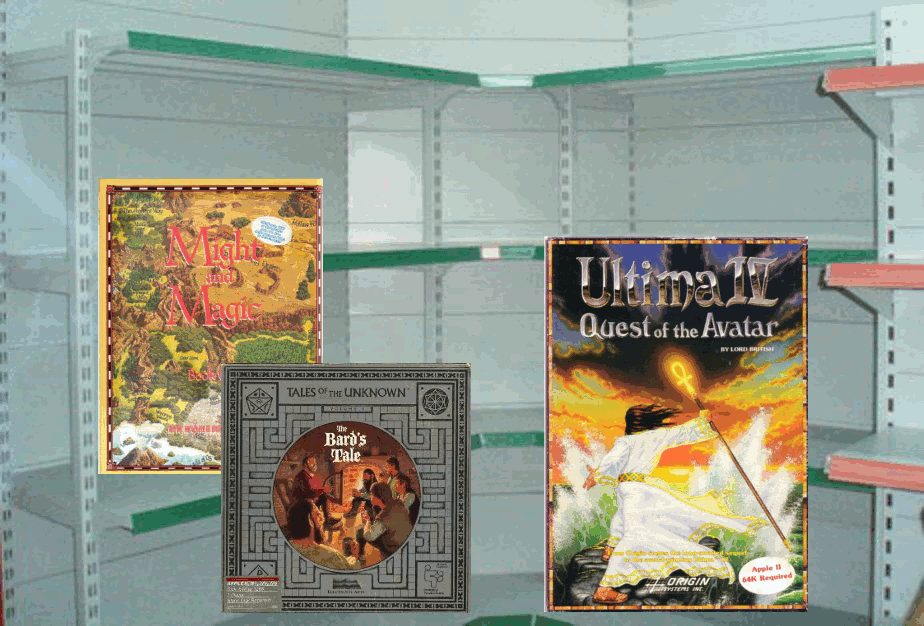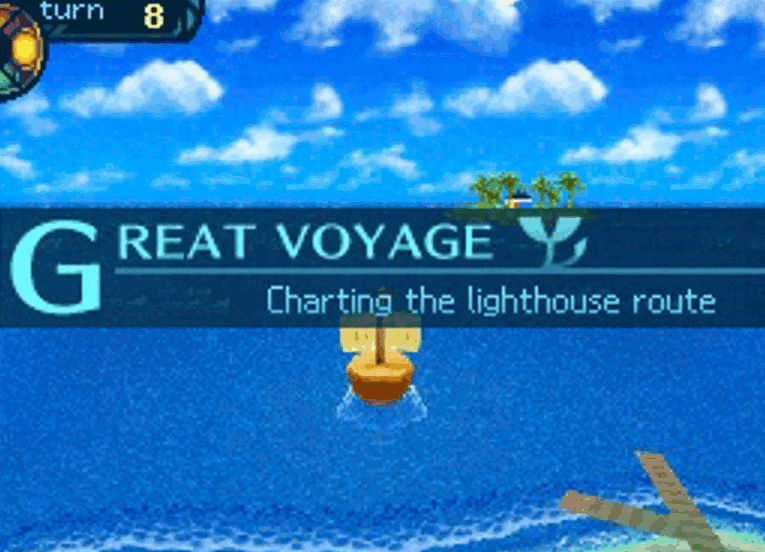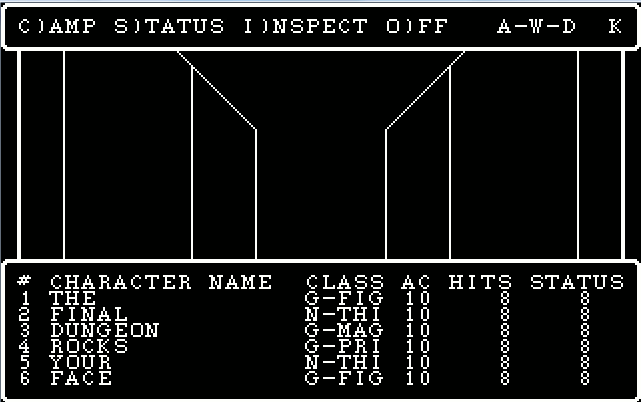Don’t let the faux-anime art style or puzzle-based gameplay put you off – Might & Magic: Clash of Heroes is a great handheld role-playing game that should be in every RPG collection.
Faithful readers may be scratching their heads right now, given my attack of this game in my October 11, 2010 post titled Ultima, The Bard’s Tale, and Might & Magic – Where are the Real Sequels, in which I summarized it as “a shallow, JRPG-style story with zero original Might & Magic lore, and a match-three-colors puzzle game” and compared its visuals to Space Invaders. (In my defense, I also called it “incredibly fun and addictive.”) Readers may also be wondering why I am reviewing a game from 2009 on the eve of 2011.
The answer to the second question is that it took me a long time to finish this game. Since picking it up over a year ago, Clash of Heroes has entertained me through jury duty, several train rides and doctors’ waiting rooms, and visits to my in-laws, and recently has been the game I chose to play instead of PC and console games while at home. As my appreciation for the game grew, I decided to post a review despite the game’s age. Regarding the first question – regardless of its quality, I don’t consider this game to be a true Might & Magic RPG. Therefore, I stand behind most of my original statements.
Read the rest of this entry »



